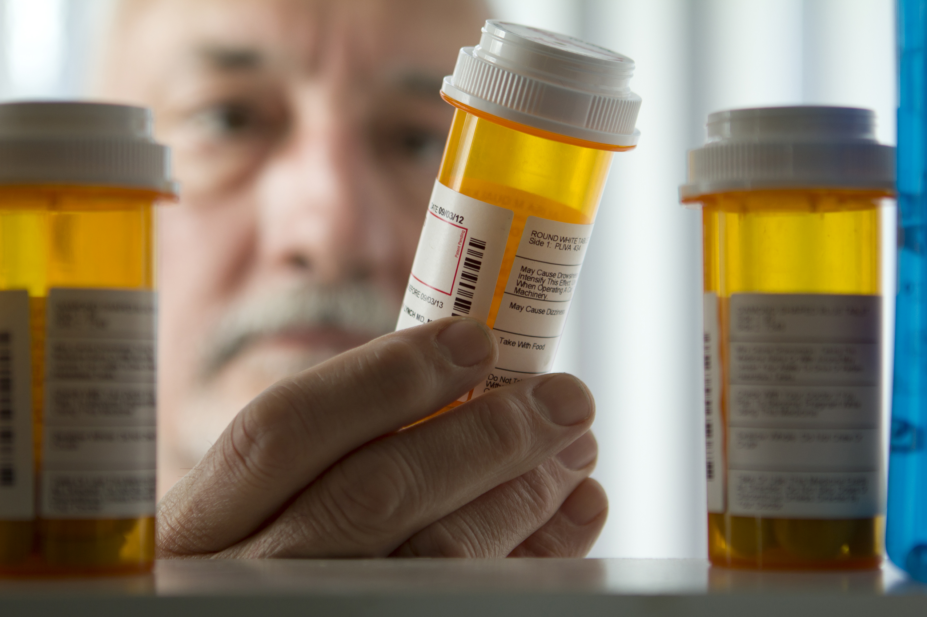
Shutterstock.com
Almost half the population of England took a prescription medicine in the past week when surveyed, according to figures published by NHS Digital.
The ‘Health Survey for England, 2016’ showed that 48% of adults in the country had taken at least one prescribed medicine in the past week, and almost a quarter, 24%, had taken three or more prescribed medicines in the past week.
Medication for high blood pressure was most commonly prescribed, followed by statins, indigestion remedies, painkillers and antidepressants.
The report highlights a 6% rise in the use of antidepressants since 2015 with one in 10 people now taking this form of drug.
The findings, taken from a survey of more than 8,000 adults, show that 19% of young adults aged 16 years to 24 years are taking one or more prescribed drug whilst more than 90% of those aged 75 years and over are taking medication.
Nearly half of people aged over 75 years were shown to be taking at least five types of drugs.
NHS Digital said a total of 1.1bn prescriptions were dispensed last year — a rise of 47% in a decade.
Commenting on the findings, Heidi Wright, practice and policy lead at the Royal Pharmaceutical Society, said: “It’s important to remember that many people need the multiple medicines they are taking, but there is also inappropriate polypharmacy too.
“Polypharmacy can be a problem where the medicines are prescribed when the patient does not really need them or where the intended benefit of the medicine is not realised for a variety of reasons. The concept of patient-centred polypharmacy reviews could be a way forward.”
Helen Stokes-Lampard, chair of the Royal College of GPs, said: “Although these figures might seem shocking to fit and well people, high prescription rates shouldn’t always be seen as a bad thing.
“A lot can change in ten years, including advances in medical research and evolution of clinical guidelines — and this means more medications are now available and recommended for patients, and can increasingly be used to prevent illness and to improve their health.
However, she admitted that she feared the rising rate of anti-depressant prescribing shone a light on the lack of access to other treatments, such as talking therapies.


